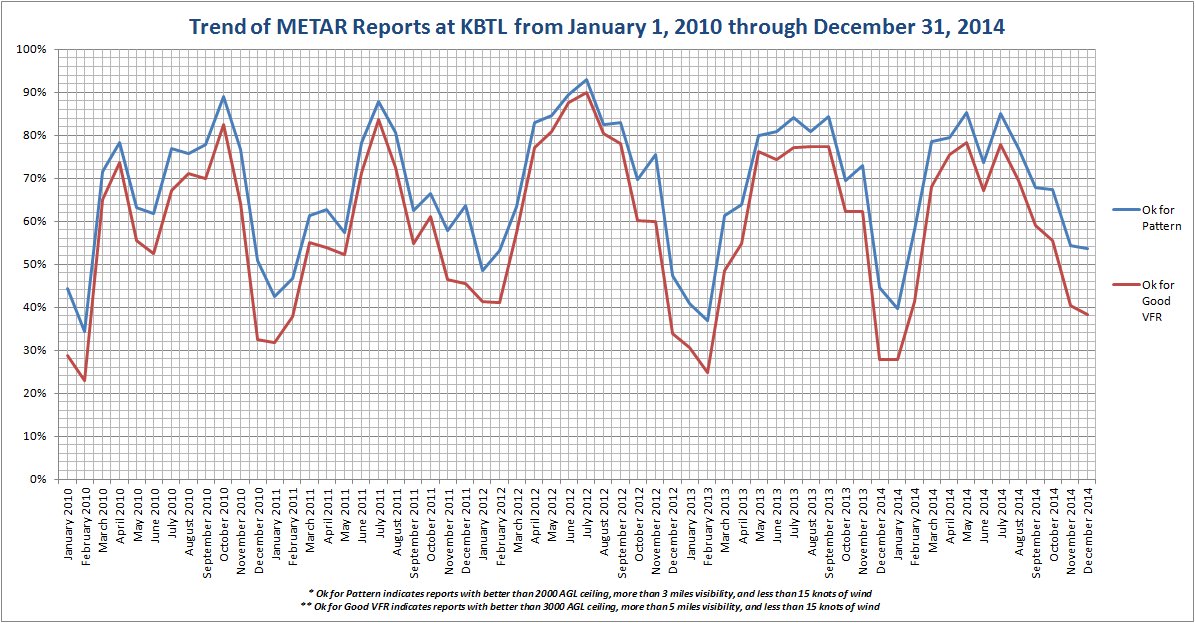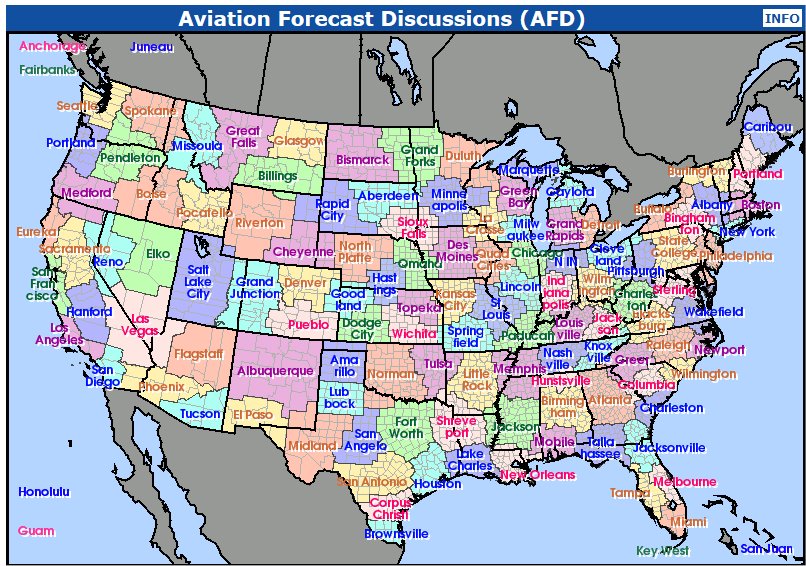“Ok, so let’s do a turn around a point next.” Common words I say to a student as an instructor and as a DPE examiner. This is most commonly followed by the student or applicant setting up at an altitude between 600 and 800 feet agl followed by turning left around a point they have chosen while they look out their window down at it.
Well, that meets the requirements for the maneuver, but it isn’t what most people would really use the maneuver for in real life. Not always at least.
Of course, a pilot may want to look outside the window at something on the ground, but more commonly they are using a turn around a point to show a passenger something on the ground (commonly their house) or to allow someone to take pictures of something on the ground. This can be a bit awkward as your passenger leans across your lap as a pilot to shoot pictures out the left side window. What would work better, or just give your passenger a better view, is to make the turn to the right.
I’m not saying that pilots can’t do it, but it is less commonly practiced, and more practical in its application.
All the same skills apply, all the same procedures are followed, but the view out the window is ever so slightly different and it can make it less comfortable for a pilot who hasn’t practiced the turns that way in a while.
So, I challenge all you instructors and pilots out there to make your next turns around a point to the right instead. In fact, on most flight reviews I conduct, that is exactly what I ask pilots to do. Many times I am asked, “why?” Because it is more realistic, that’s why.


